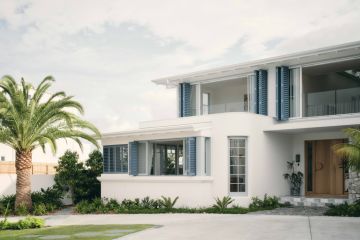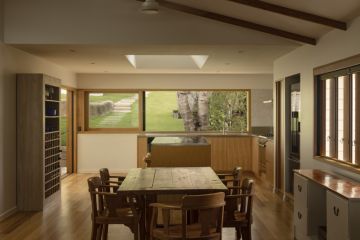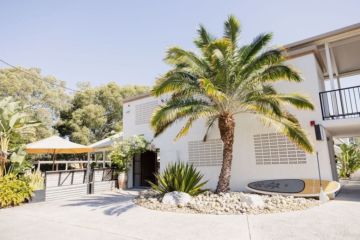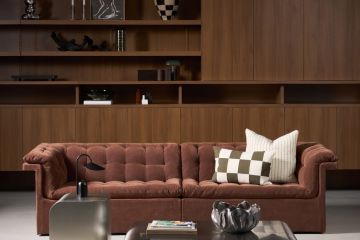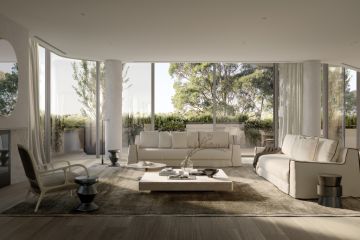'Timeless and well-designed': The design trend that just won't die
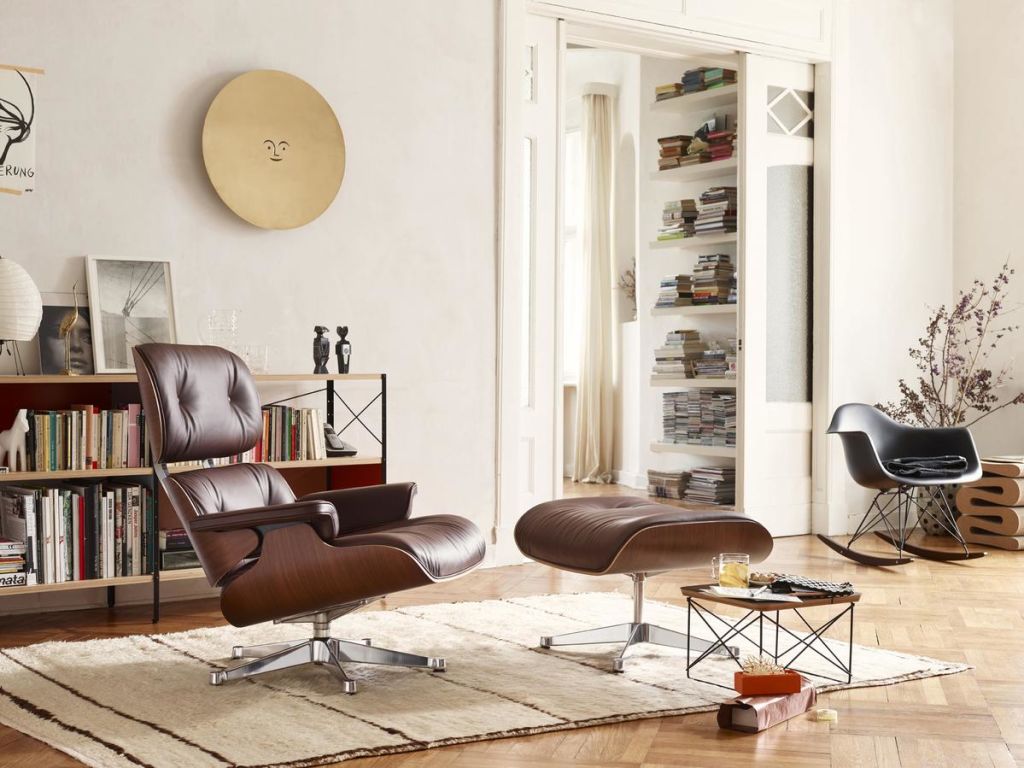
Mid-century modern design – the term coined by Cara Greenberg because she could think of no other way to describe the interiors trend in her book Midcentury Modern: Furniture of the 1950s – has officially been around for longer than it was the first time, roughly 25 years. If it were human, we’d be gingerly asking when it might be moving out.
The style – influenced by Danish design and pioneered by the likes of Arne Jacobsen (creator of the egg chair), Eero Saarinen (the Tulip table), and Charles and Ray Eames (their iconic chair) – has been “back in” since the early 1990s, although some argue it never left.
Certainly, shabby chic had its moment, and Scandinavian minimalism is as ubiquitous as the IKEA stores its furniture is purchased from, but mid-century modern has eclipsed passing fads to become the default design choice of the last two decades. Everyone seems to have a low sideboard, usually in walnut. Or an Eames-inspired chair, or a couch with little square legs.
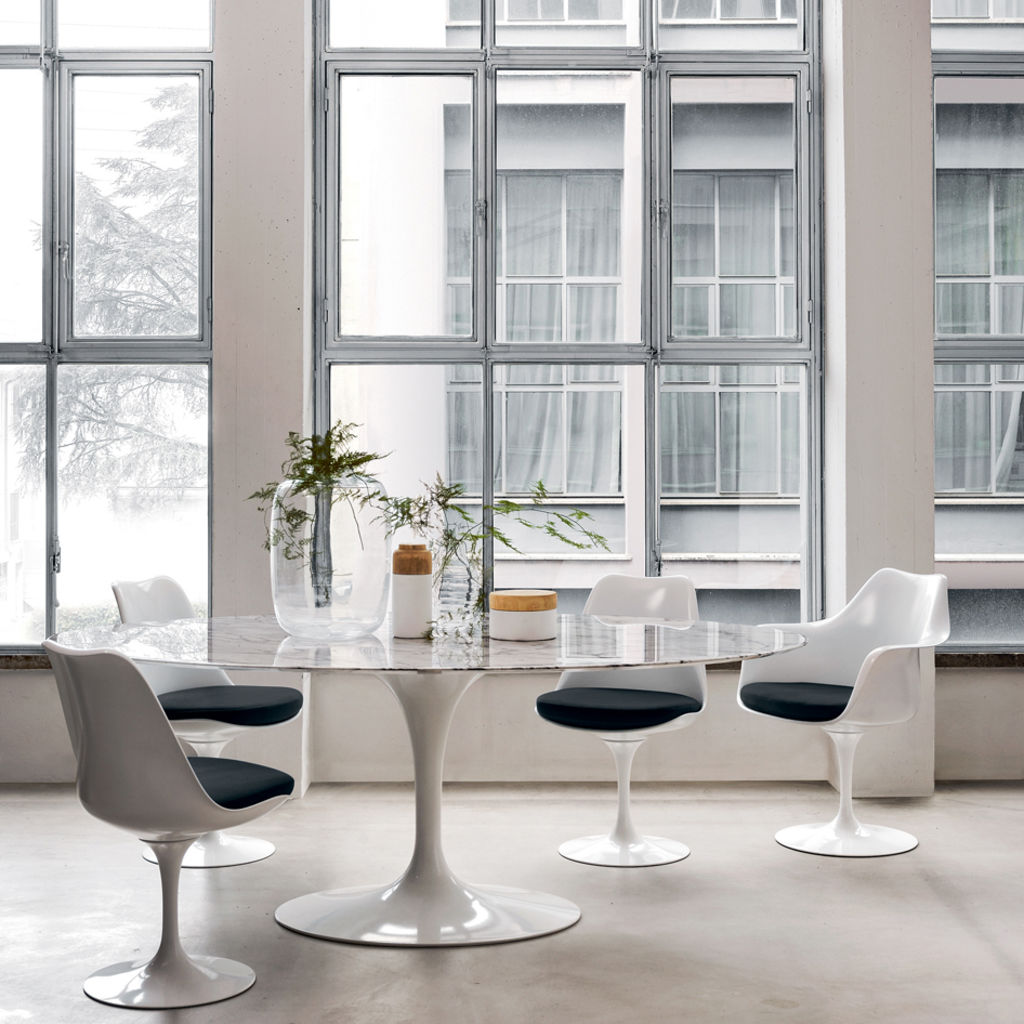
When it swung around in the 1990s, designers put it down to Generation X nostalgia, a longing for the simplicity of childhood and a healthy obsession with retro styling. Back then, it was possible to find an old sideboard in a Smith Family store, which is exactly what university graduates were using to fill out their share houses. Design magazines, like Wallpaper, which launched in 1996 and Dwell, which launched in 2000, provided a type of accelerant for the style, promoting mid-century furniture as perfect for inner-city creatives (read: hipsters).
When it peaked, somewhere around 2010, tastemakers blamed the influence of the television show Mad Men. But the style, known for its clean lines and broad functionality, had more fans than a show.
“The principle behind many of the iconic mid-century furniture designs was ‘form follows function’, which simply means that the furniture was designed for its purpose without unnecessary features,” is how Diana Ribarevski of Coco Republic explained its popularity to Home Beautiful.
In other words, part of its longevity as a trend might be the fact that it doesn’t really look like one. Mid-century modern is deliberately low-key, with many of its furnishings blending easily into the background. This was, after all, the original aim of the architects who designed the first mid-century modern homes – they wanted them to seamlessly blend with their environment.
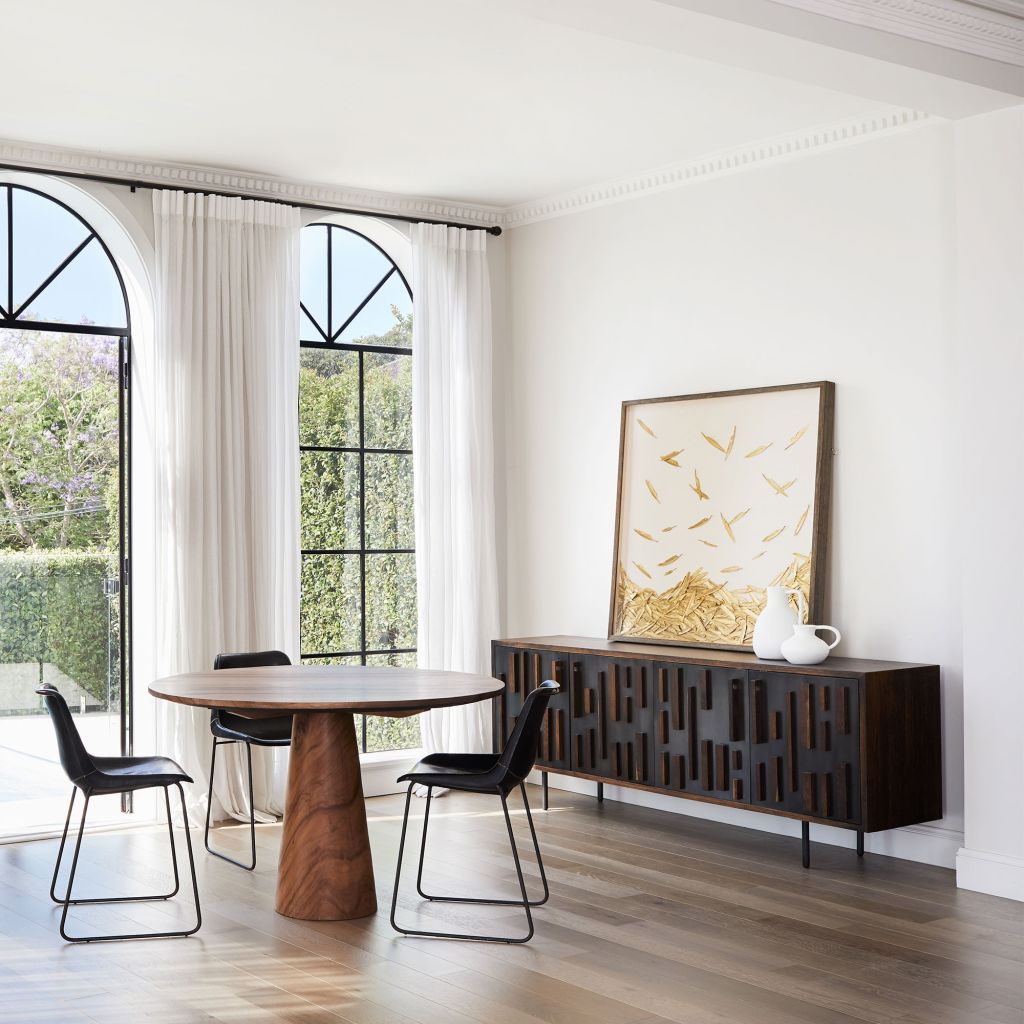
“Mid-century modern is timeless, and well-designed with a clean line, which makes it a great balance of style and function,” says stylist Sophie Hart. “It grew out of early-20th-century Modernism movements, which came after World War II when there was an influx of people to urban areas, which meant smaller living spaces like apartments.”
And this, the increase in smaller living spaces globally, might be the clearest indication of why the trend isn’t going anywhere. The plain truth is that it’s tough to make that over-sized, antique armoire really sing in a two-bedroom apartment, especially if it’s a rental. And, according to the 2016 census, rental properties now make up a third of all dwellings (30.9 per cent), almost the same amount of people who own their homes outright (31 per cent). While 34.5 per cent own a home with a mortgage.
Who wants to lug their ornate light fixture, or wrought-iron king size bed from rental to rental? This is also why Scandi minimalism, another style that is yet to die, is so ubiquitous in apartments – it’s the easiest way to make a home feel functional and look chic. White, off-white and timber might be a little bland, but they don’t date, and the furniture is highly accessible (see: IKEA).
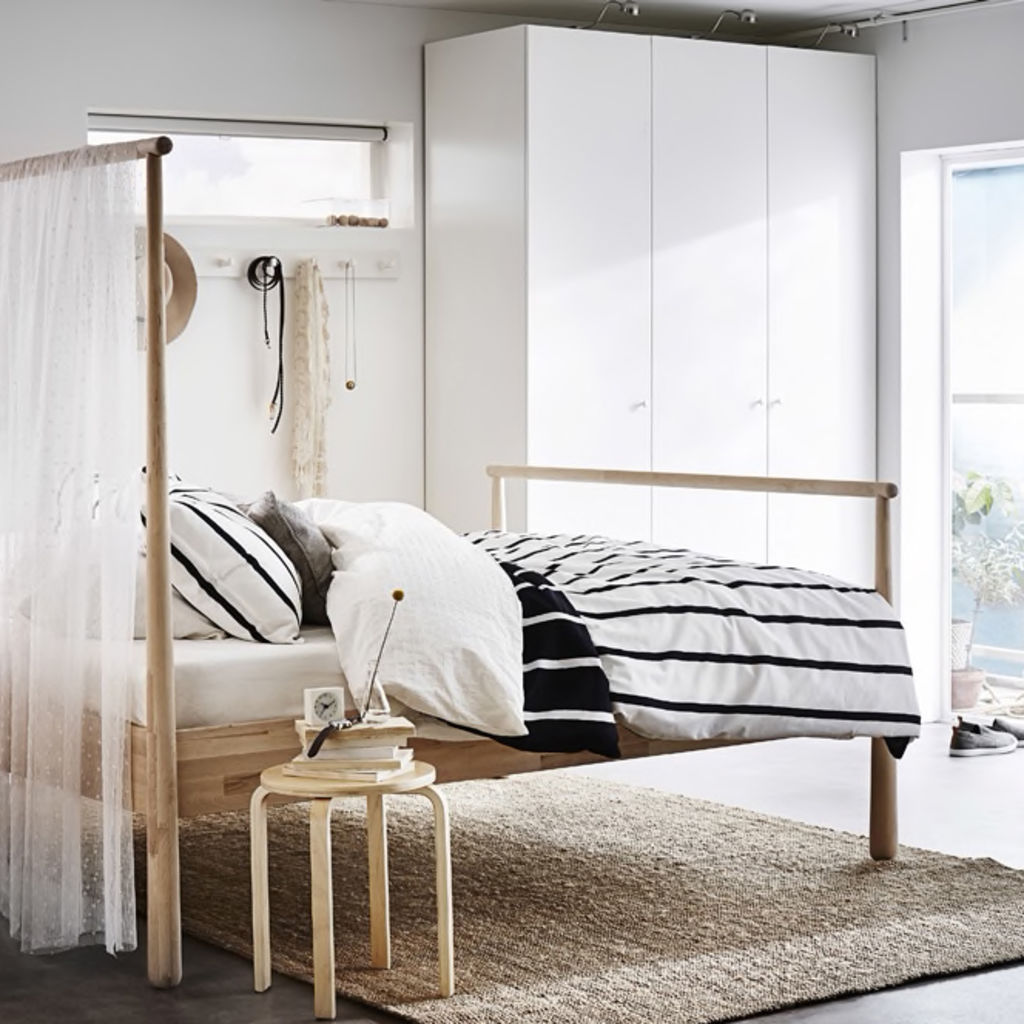
But the last decade has changed that, too, with the explosion of budget-friendly furnishings in stores like K-Mart and Target that just happen to have a mid-century modern twist. Sideboards, low-level coffee tables, functional shelving. Where once an Eames-inspired chair might set you back a cool grand, you can now find a replica for $39 at your local shopping centre.
And so, the trend has grown exponentially, year on year, to become, for many Australian households, the default setting. We used to swear by white-on-wood minimalism, but that has now expanded to include mid-century modern, often with a beachy motif. Perhaps it will keep expanding, to include elements of art deco and 1980s decor. It might mix again, until we end up with a fusion that is so rich it resembles almost nothing and everything at once.
Or maybe we just have to wait for another TV show to come along and drive that potent mix of nostalgia and inspiration deep into our functional hearts.
We recommend
We thought you might like
States
Capital Cities
Capital Cities - Rentals
Popular Areas
Allhomes
More
